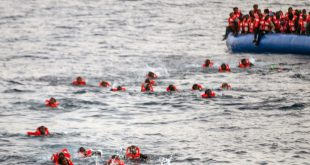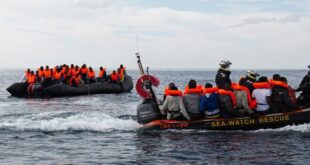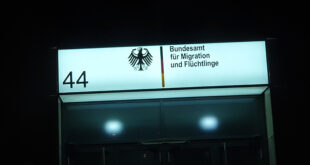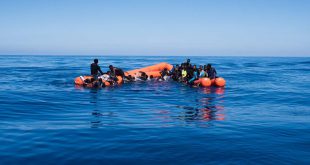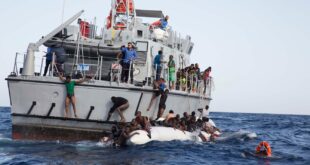Eritreans make up one of the most prominent groups of refugees heading for Europe. What are the reasons behind this and what is the human rights situation like in the country? Wesley Dockery explains.
Eritrea is a nation that lies in the Horn of Africa, bordering Sudan, Ethiopia and Djibouti. The country has been led by President Isaias Afwerki for almost 27 years. Human rights monitors such as Human Rights Watch (HRW) have described the country as being a dictatorship, where arrests of people are made arbitrarily and without giving a reason.
Many of the Eritreans are leaving the country due to the harsh military service every Eritrean must complete. HRW has noted that conscripts are treated very harshly by military commanders with physical abuse and torture often being used against conscripts. Those who try to avoid conscription are often killed. According to the UNHCR, 52,000 people escaped Eritrea in 2016 alone.
Religious Persecution
In Eritrea, only four religions may be observed legally: the Eritrean Orthodox Tewahedo Church, Roman Catholic Church, Eritrean Lutheran Church and Sunni Islam. Any other religion is cracked down upon by the government, with Protestantism and Shia Islam being the most prominent.
There are often mass arrests of those practicing religions that are illegal, such as Protestantism, and the prisoners are often tortured. Some of the migrants leaving for Europe do so because of religious persecution.
Press freedom and privacy is another place where Eritrea suffers. In eight out of the last nine years, Eritrea has been at the bottom of the Reporters without Borders press freedom index. In September 2001, Eritrea cracked down on all editors of independent media in the country.
Eritrea also has very limited internet access making it hard to spread news online about the human rights situation in the country. There are also no opposition parties to the Afwerki-led government.
Many of the Eritreans go through Sudan and Libya en route to Europe. From Libya, they may pay human smugglers to take them across the sea by boat. Eritreans also sometimes go through Egypt to Europe.
According to the non-profit organization the Borgen Project, Eritreans make up the third largest nationality of people who cross the Mediterranean Sea. During 2015, the peak year of the migration crisis, 40,000 Eritreans landed on the shores of Italy according to the UNHCR. The European Asylum Support Office has said that there were 47,020 total asylum applications of Eritreans to EU countries in 2015 and 38,808 in 2016.
InfoMigrants
 THE AFRICAN COURIER. Reporting Africa and its Diaspora! The African Courier is an international magazine published in Germany to report on Africa and the Diaspora African experience. The first issue of the bimonthly magazine appeared on the newsstands on 15 February 1998. The African Courier is a communication forum for European-African political, economic and cultural exchanges, and a voice for Africa in Europe.
THE AFRICAN COURIER. Reporting Africa and its Diaspora! The African Courier is an international magazine published in Germany to report on Africa and the Diaspora African experience. The first issue of the bimonthly magazine appeared on the newsstands on 15 February 1998. The African Courier is a communication forum for European-African political, economic and cultural exchanges, and a voice for Africa in Europe.




